When Thomas Rebensburg talks about his projects, his passion for music is present at every moment. The composer faced great challenges in the music score and live performance of a 100-year-old Ganghofer silent film. Due to the Corona pandemic, the event had to be postponed several times, and technical obstacles also had to be overcome. In midst all those challenges the Grass Valley T2 4K video player/recorder proved to be a reliable problem solver. More about that later...
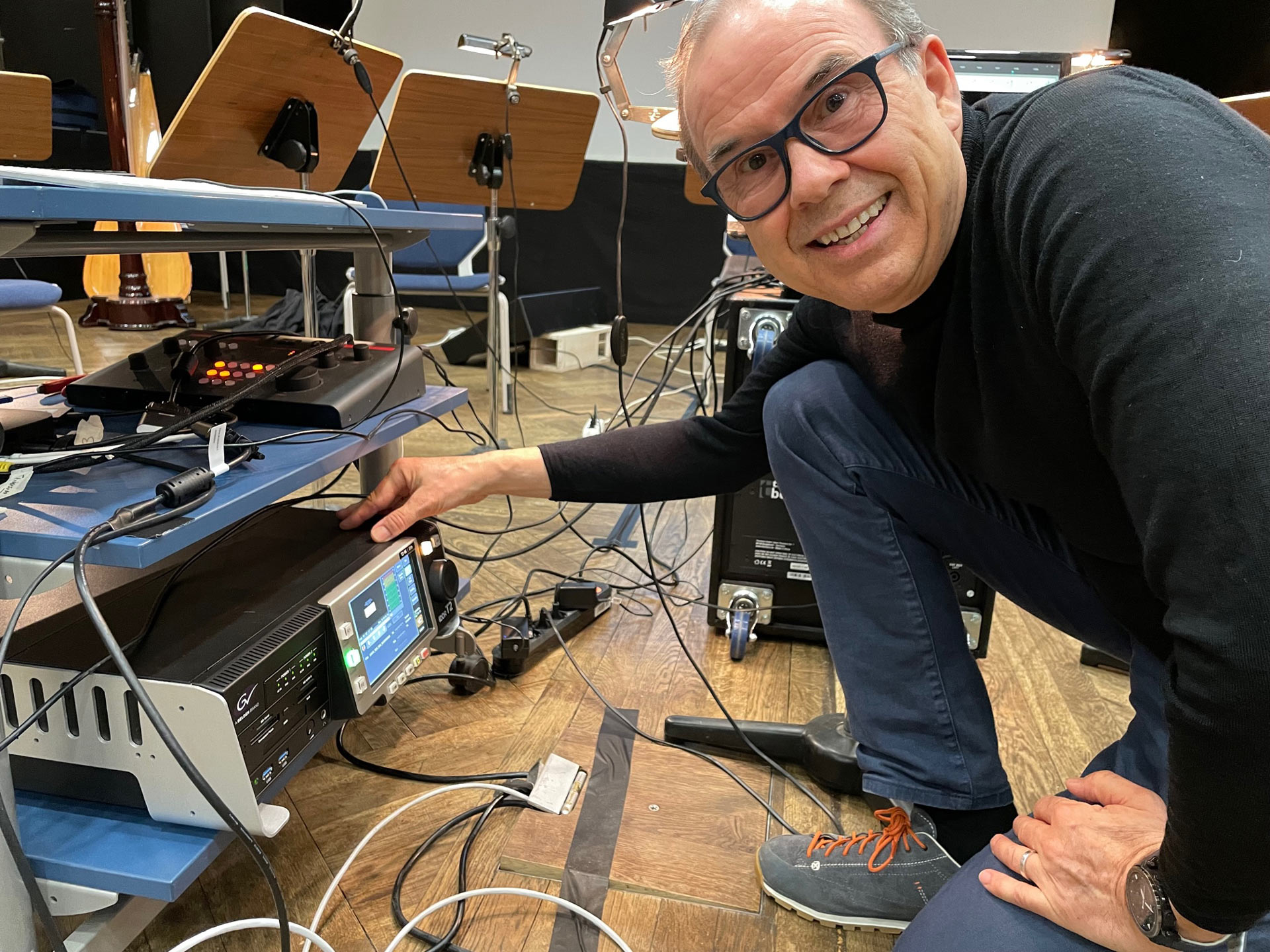
Before the concert: Thomas Rebensburg prepares the T2 4K for the playback of the silent movie
Actually, everything would have fit beautifully for an anniversary in 2020. The popular writer Ludwig Ganghofer had died 100 years ago and had last lived and worked in Tegernsee. The Rottach Art and Culture Association had commissioned Thomas Rebensburg to compose a new film score for one of the first Ganghofer adaptations, "The Monastery’s Hunter" (original German title: “Der Klosterjäger”) - also from 1920. By the 1960s, Ganghofer's works had already reached a total circulation of around 35 million books, and the material had already been filmed 50 times as movies.
The original music for the film "The Monastery’s Hunter" is today considered lost. The composition assignment appealed to Thomas Rebensburg even more. With a humorous note, Rebensburg puts the importance of the first live silent film scores a little in perspective. "In the beginning, it was not so much about creating a particularly artistic composition, but mainly about drowning out the loud noise of the projector with music," Thomas Rebensburg explains and smiles.
Because of the live situation, orchestral music in silent films can usually only address the tension of the action in very general terms, says Rebensburg. For the music to the silent film "The Monastery’s Hunter," the composer took a different approach. The music was to retell the moving images and the story. And in doing so be synchronized with the action and scenically precise, to have a particularly impressive effect.
However, this requires the music performance to be absolutely synchronous with the moving image. In the case of a music production in the studio and post-processing of the video in the editing room, this would not be a problem, because corrections could be made at any time. However, in a live performance with 13 instrumental soloists, the picture-accurate music playback can hardly be maintained over a long 63 minutes. This is because, unlike a current motion picture with numerous breaks in the music score, Rebensburg composed the music for "The Monastery’s Hunter" throughout the entire length of the silent film.
"And this is where Grass Valley's technology comes into play," explains the composer. Because the project was ultimately realized by integrating the Grass Valley Player/Recorder T2 4K into the interaction between conductor and orchestra.
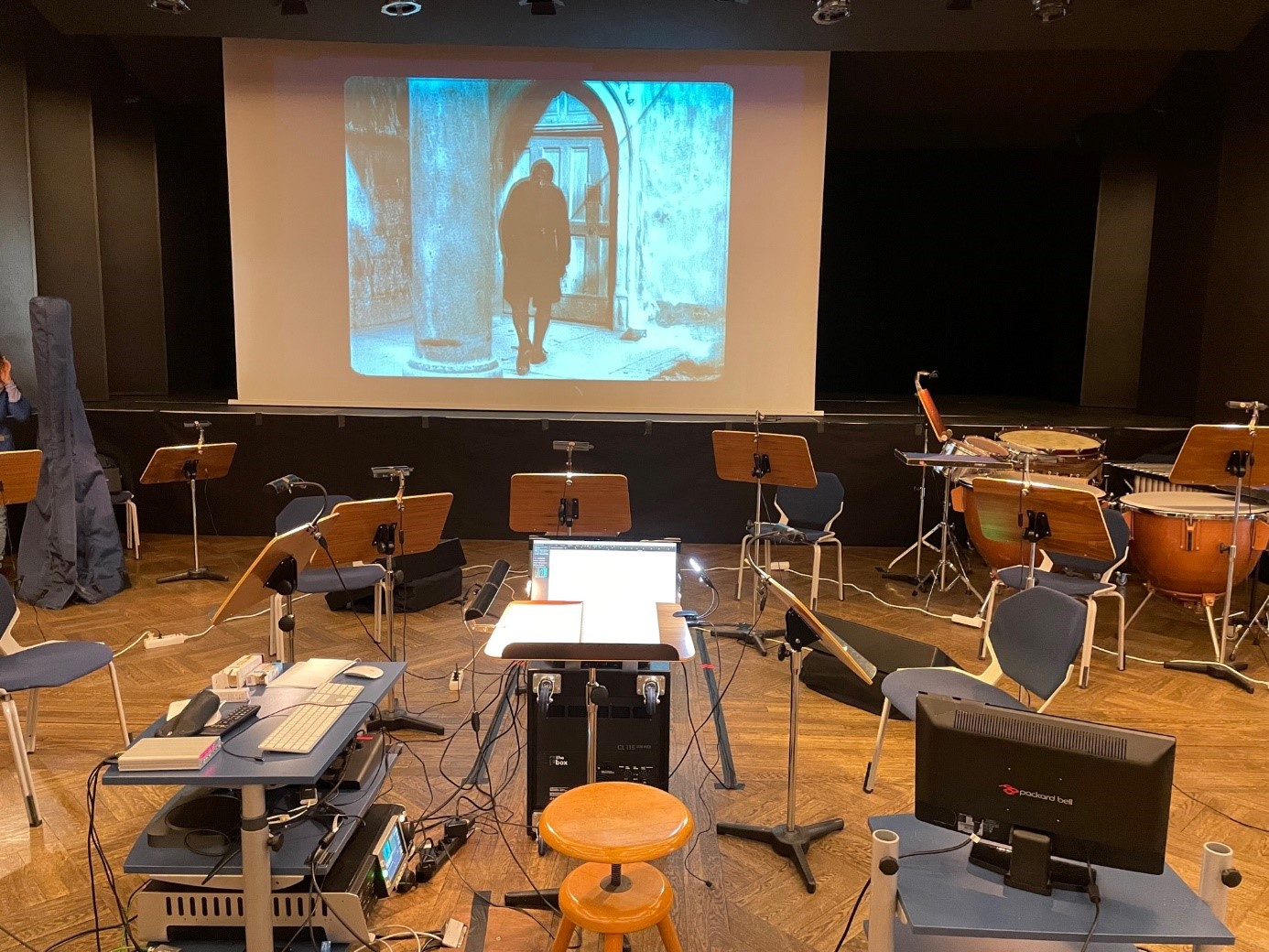
The screen in the background: The T2 4K outputs the image and a frame-accurate time code
Thomas Rebensburg: "The T2 4K serves as a player for the projection on the screen, and the player also outputs the current time code with frame accuracy." Through an interface, this timecode is translated into the midi standard and bar positions common to musicians, and thus controls the playback of the score in Logic. Logic is the digital audio workstation - as music and notation program - with which Thomas Rebensburg has been working successfully for decades.
With the Grass Valley T2 4K as video player for film projection in the hall and time code encoder for frame-accurate playback of the score at the conductor's desk, Thomas Rebensburg had found an ideal solution for live use. In addition, Rebensburg had also taken the special challenges of a live performance into account in his composition by providing for some somewhat freer passages that would allow him to unobtrusively align the orchestra and the film.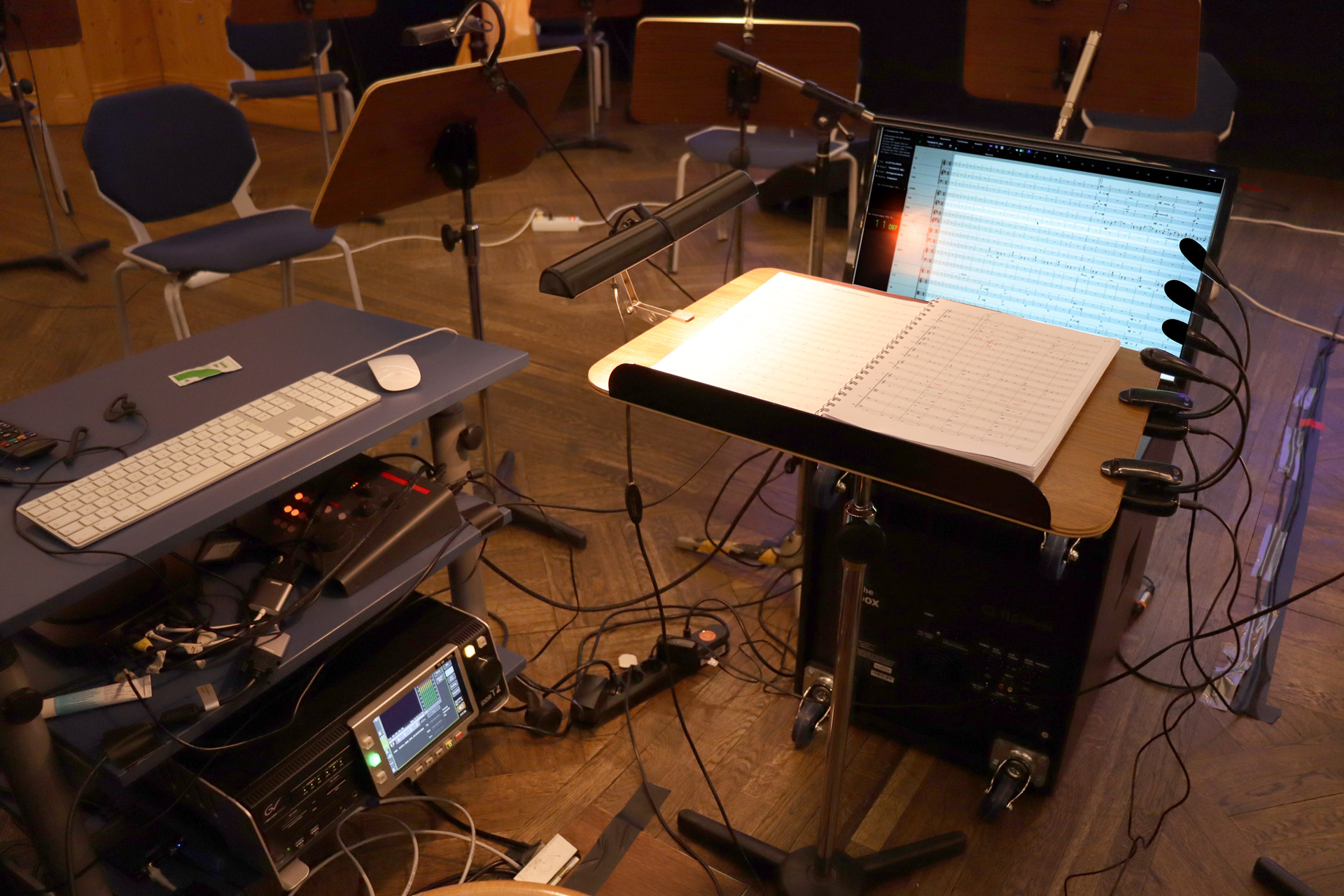
The video timecode, converted to MIDI, controls the synchronous playback of the score in Logic
"Now, looking at the score or the screen, if I see that the orchestra is slightly out of sync, we can use those passages as breakpoints to get back in sync with the film and the score. It takes both a lot of practice and great discipline for the musicians to be able to play expressively and yet not become out of sync with the film. My job as a conductor in this project, like a metronome, is above all to be a reliable clock."
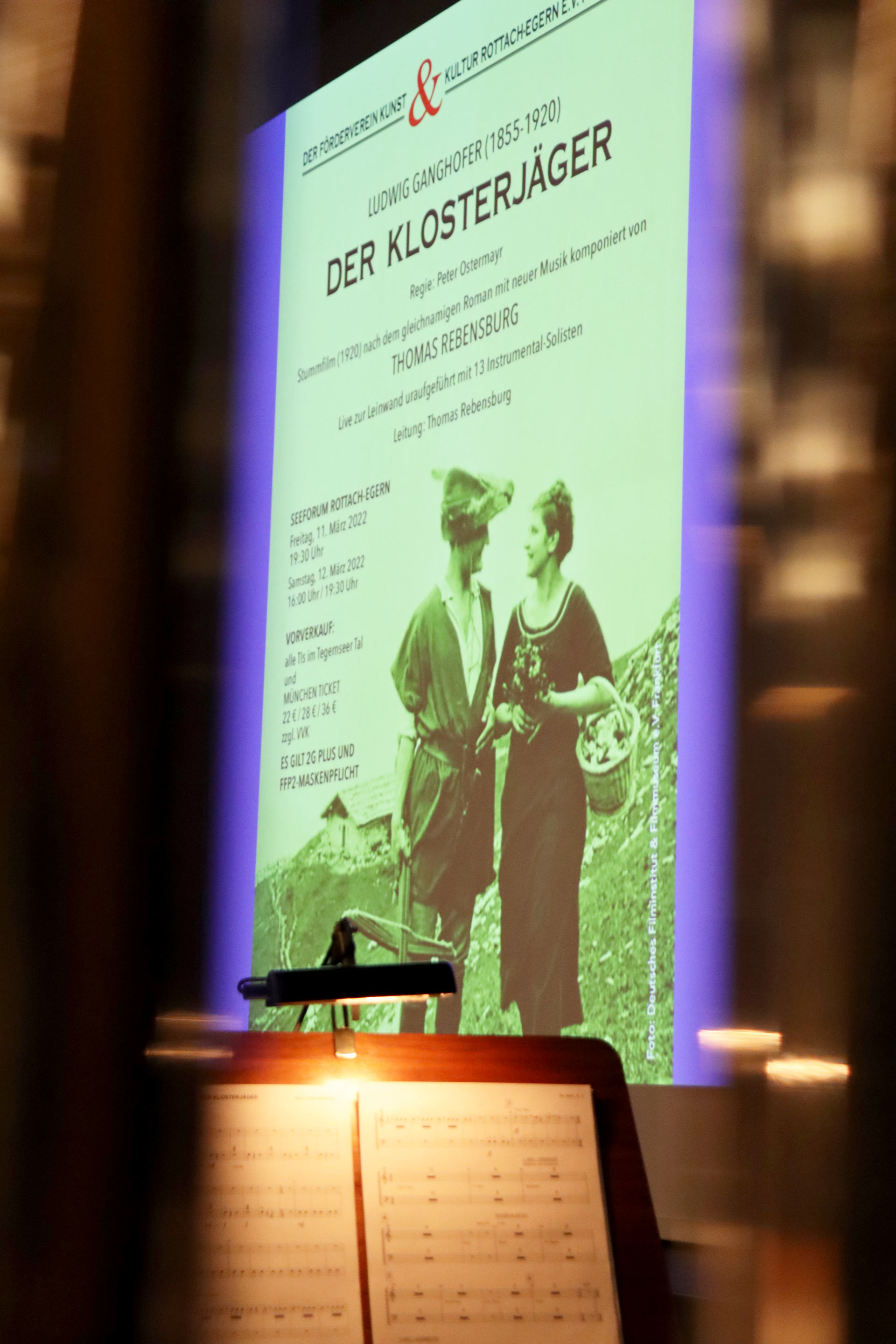
On March 11, 2022, the time had finally come. The premiere at the Seeforum Rottach-Egern could take place and the audience in the hall as well as the critics were enthusiastic. The Tegernseer Zeitung commented: "The music took over (...) the reflections and inner monologues (...) (and) turned the 1920 film into a magnificent, new and modern cinematic masterpiece. The audience then rewarded the performance of the composer and the musicians with minutes of applause and shouts of 'Bravo'."
On 11.03.2022: The premiere performance
Indeed, the interplay with the 13 instrumental soloists worked so perfectly that Thomas Rebensburg hardly had to correct the timing once. "Thanks to the great commitment of the musicians, the audience perceived the performance as expressive and not, for example, as restricted by technical specifications" explains Rebensburg. "To experience this from the audience in this way has of course made us particularly happy!"
Together with the orchestra, Thomas Rebensburg is already looking forward to further performances and a film version in the future. Both are already in the planning stage. The T2 4K from Grass Valley will then also be back as a timecode and video player and reliably support the common beat.
Pictures: Laura Jung and private
Thomas Rebensburg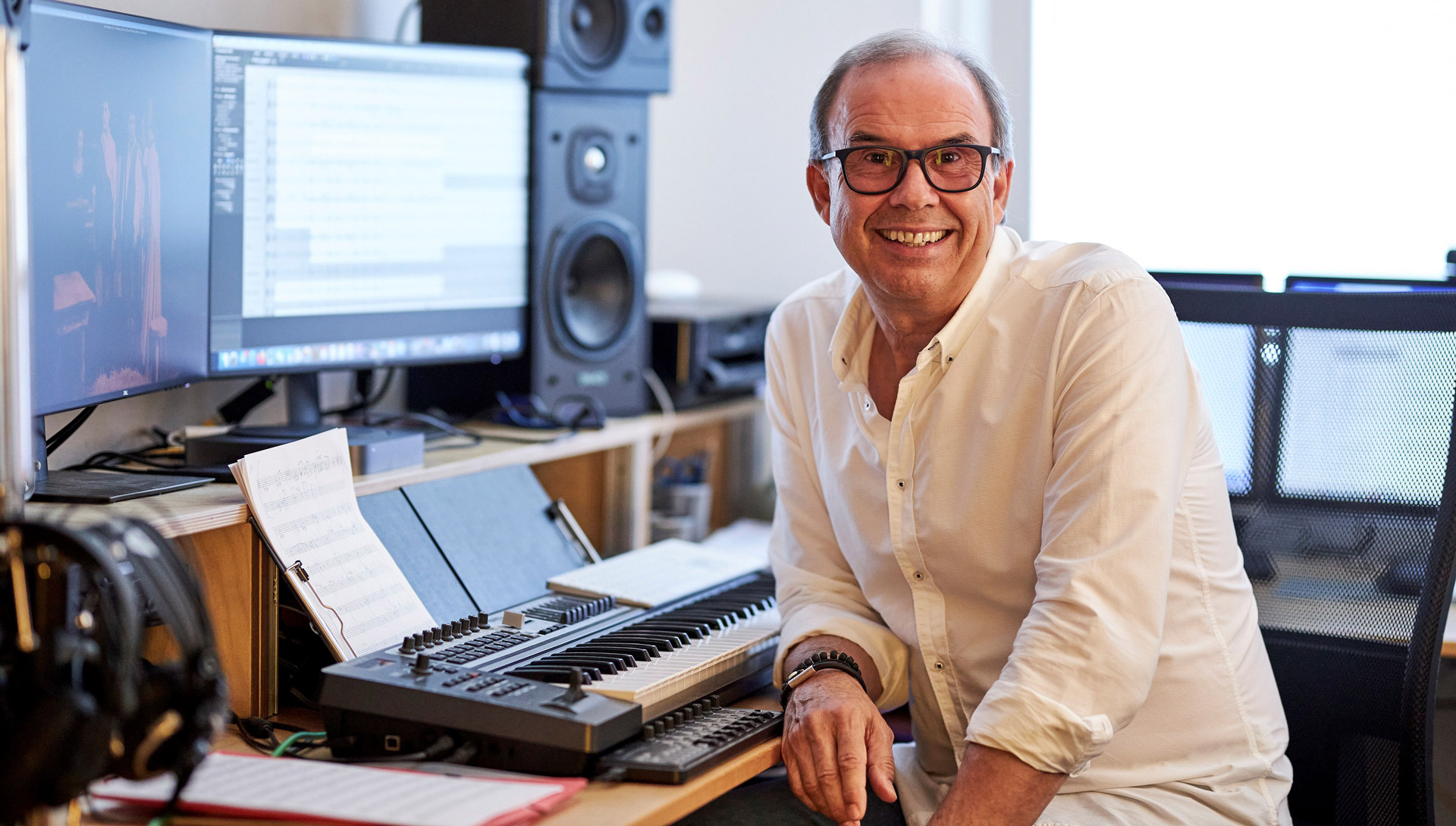
Thomas Rebensburg, born in 1958, has always made music. He studied composition and conducting in Munich and received his first composition award during his studies. Further awards followed in various musical genres as well as the Bavarian State Prize of the Minister of Culture for outstanding achievements as a composer.
Thomas Rebensburg loves versatility. His genre includes symphonic music, chamber music, music theater, choral and church music, film music, songwriting and advertising as well as working as an arranger and composer for national and international ensembles and artists such as Angelika Milster, Gunther Emmerlich, Deborah Sasson, Francisco Araiza, and many others, including numerous productions with the radio orchestras of WDR, HR, SWR and BR.
Thomas Rebensburg is active as an honorary member of the German Composers' Association, GEMA and as a board member of the Bavarian Media Council.
Grass Valley T2 4K (Digital-Recorder/Player)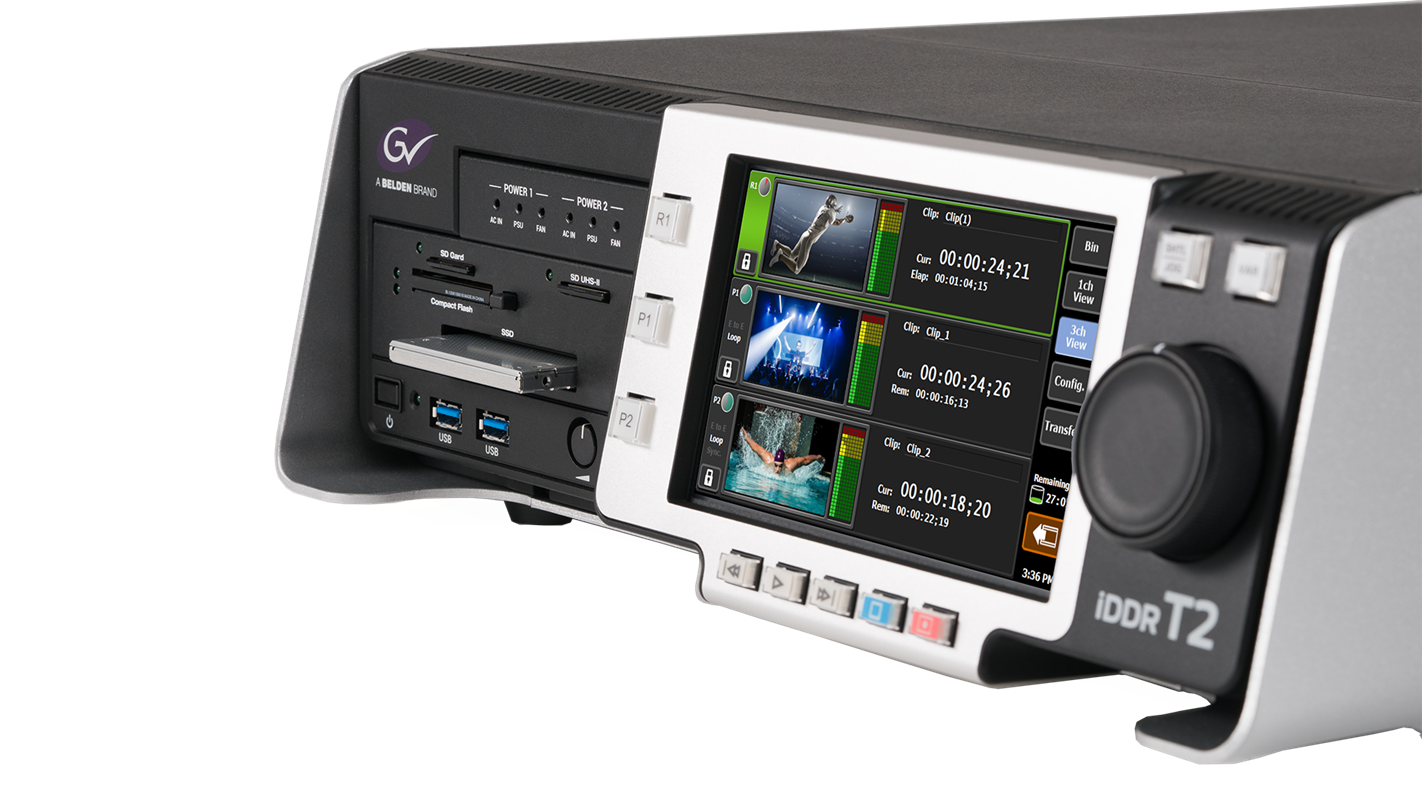
The T2 4K digital recorders/players are 4K DCI, 4K UHD or HD/SD audio/video playout systems available in three different models and are suitable for almost any application in the studio, in a live situation or even at an event.
In workstation mode, the transport controls on the front panel make the unit as easy to operate as a traditional VTR. Depending on configuration and resolution, the T2 4K supports up to two playback channels and one recording channel simultaneously, often replacing external players.
Equipped with extensive interfaces for video/audio/remote and LTC connectivity, the T2 4K can also transfer files via USB 3.0 and a Gigabit Ethernet network. The T2 works great with EDIUS and, like EDIUS, supports nearly every format and codec, such as Grass Valley HQX, XAVC, XAVC S, XDCAM, P2, AVC-ULTRA, Apple ProRes 422, Avid DNxHD, and MPEG-2.









